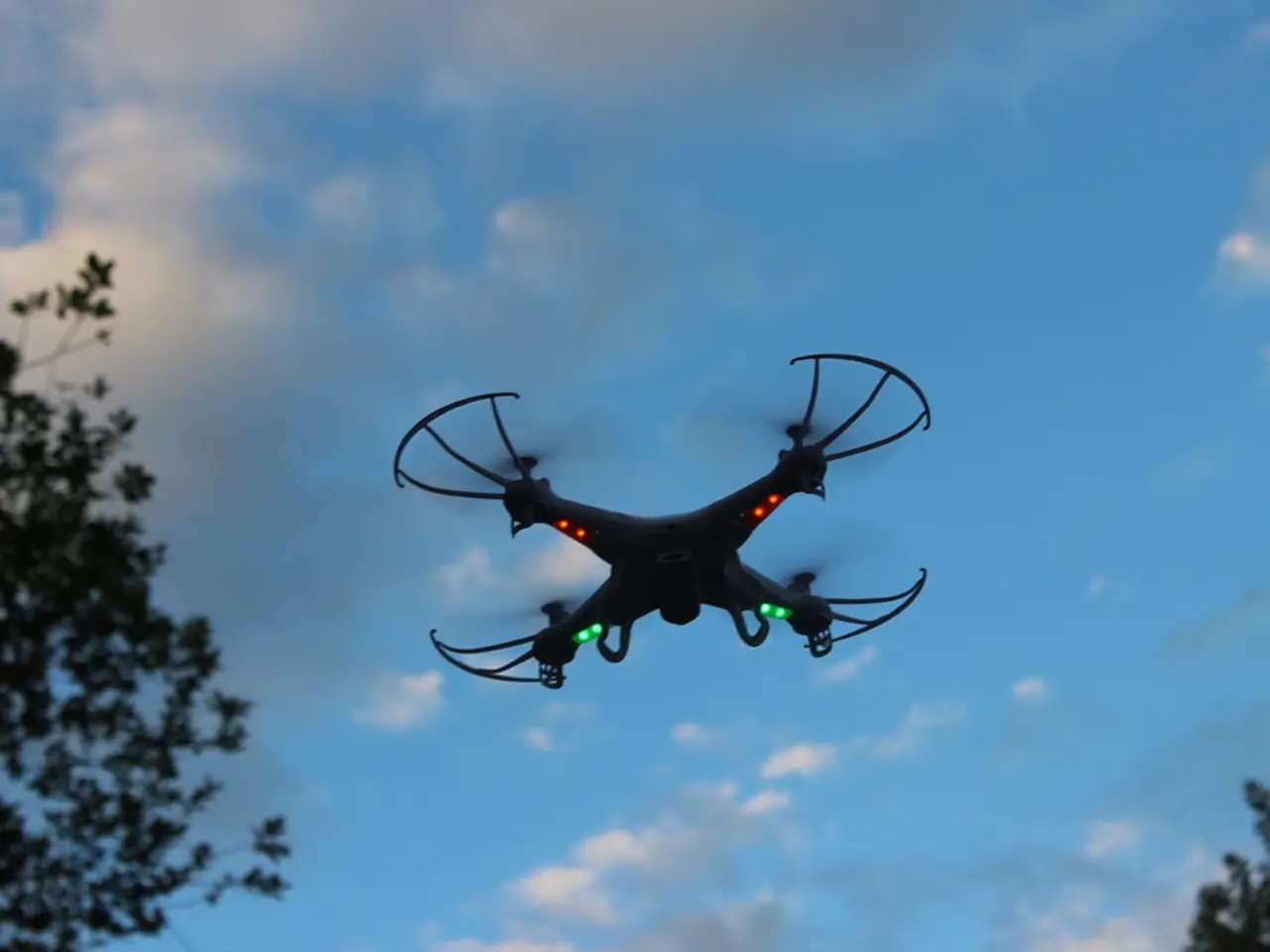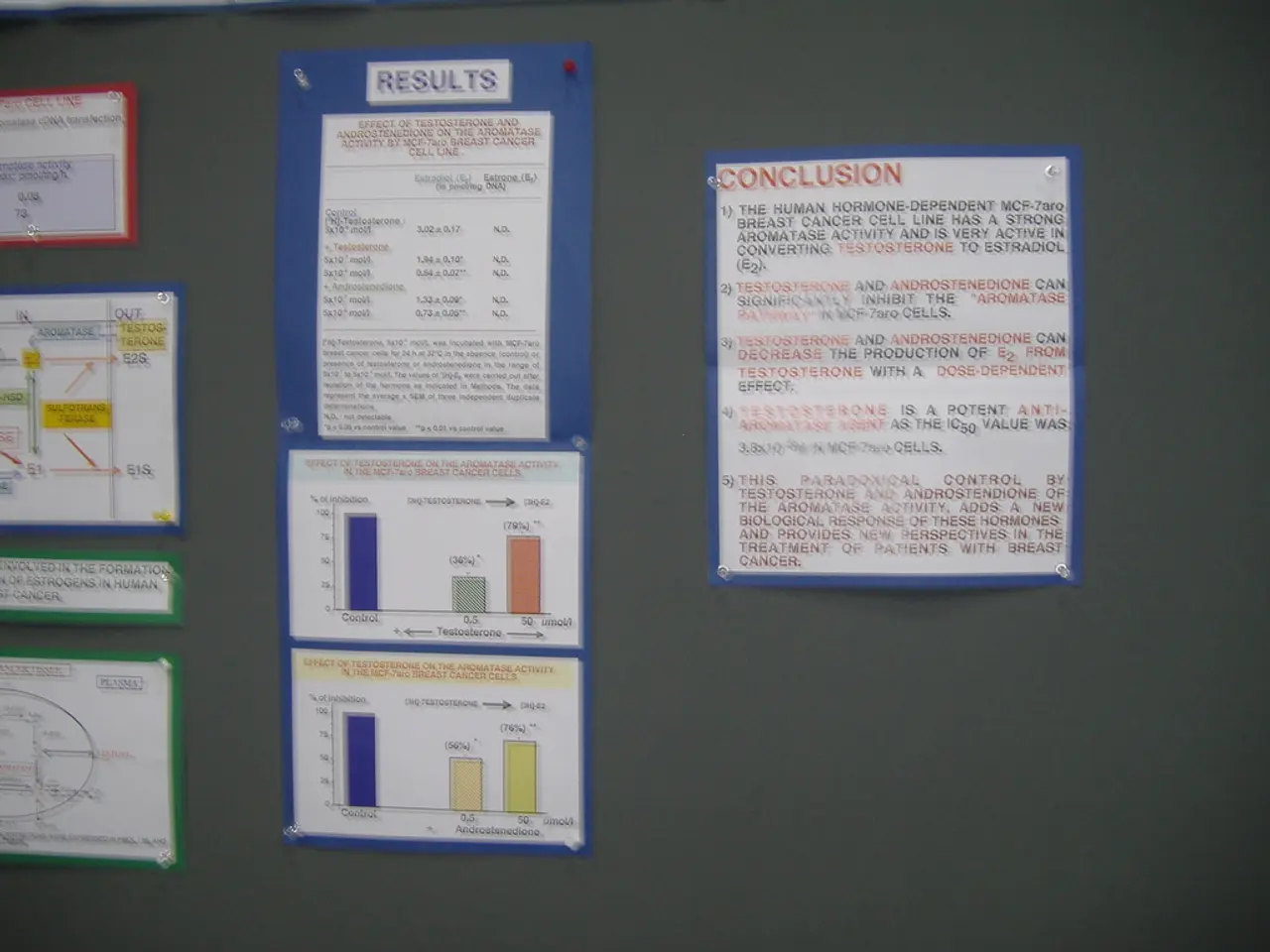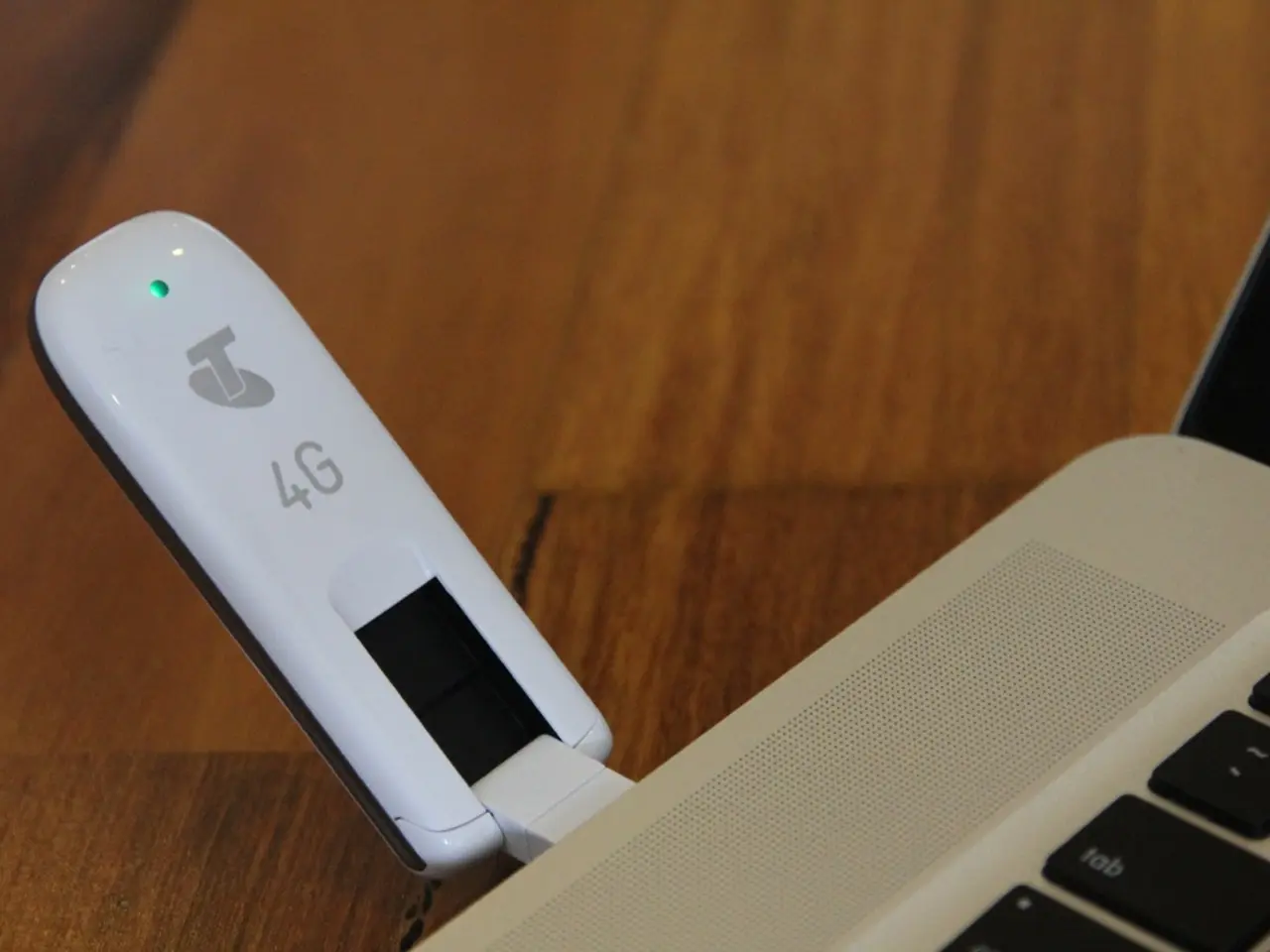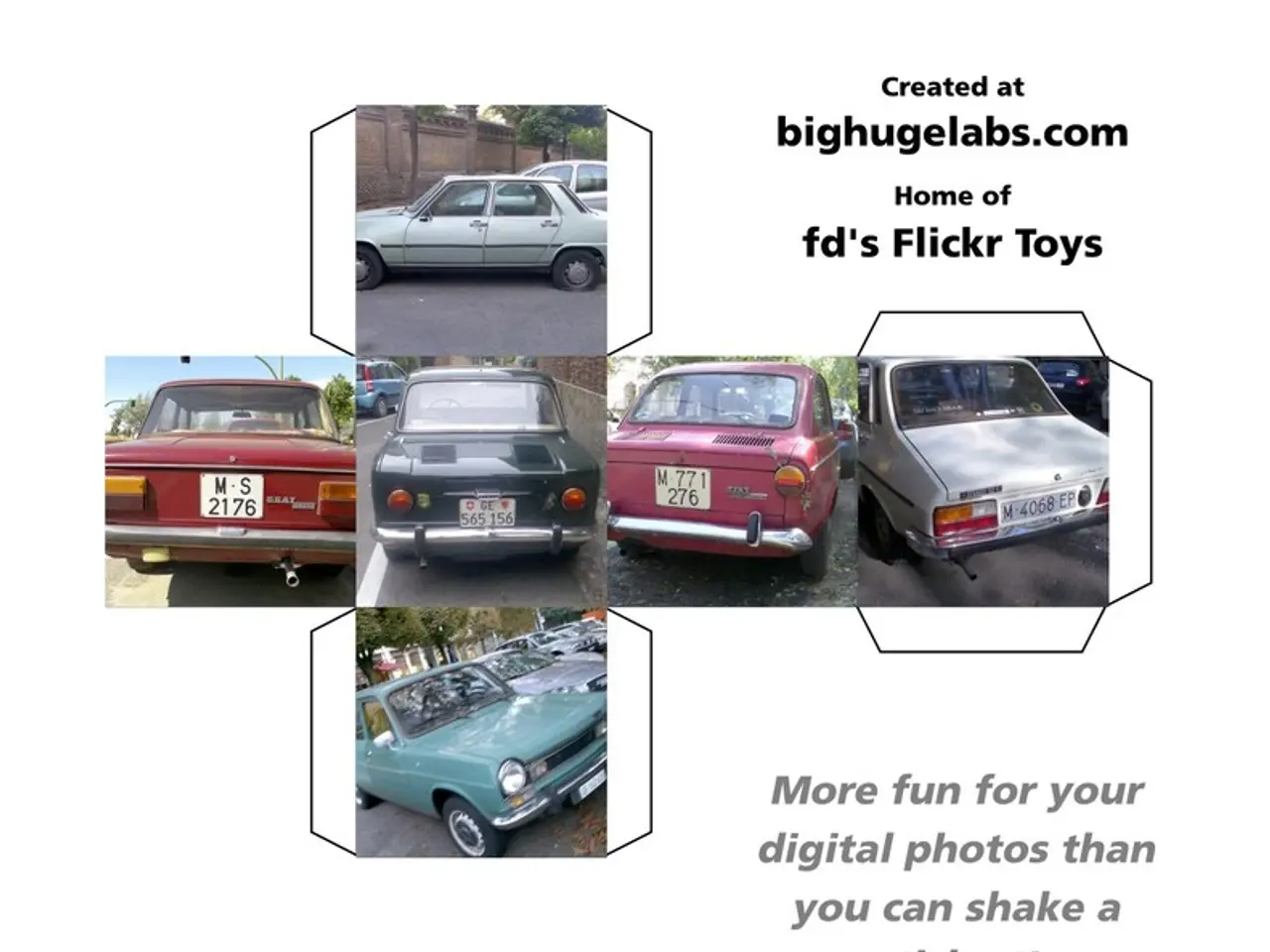Utilization of Drones in Overseeing and Regulating Permaculture
Drone technology is making waves in the farming industry, transforming traditional farming methods into a more efficient, green, and productive practice. This technological revolution is particularly evident in the field of sustainable agriculture, where drones are being employed to promote precision farming, resource-efficient crop management, and improved monitoring systems.
Precision Agriculture and Spray Drones
One of the most significant applications of drone technology in sustainable agriculture is the use of spray drones for the precise application of fertilizers, pesticides, and herbicides. These drones enable variable rate technology, reducing chemical waste by up to 90%. They can cover large areas, efficiently managing difficult terrains or post-rain application, thereby cutting costs, boosting yields by 10-30%, and minimizing environmental impact [1][3][4].
Crop Monitoring and Data Collection
Equipped with cameras and sensors, drones detect abnormalities such as emergence deficiencies, weed pressure, and crop lodging. These aerial insights provide farmers with data-informed decisions to optimize inputs and improve crop health, contributing to sustainable practices [1][3].
Regenerative Soil and Land Health Monitoring
Advanced drone platforms integrate remote sensing data with IoT and blockchain, enabling measurement, reporting, and verification (MRV) of regenerative agriculture practices. These systems offer scalable, georeferenced information on soil health, carbon sequestration, and adoption progress of regenerative techniques, facilitating adaptive management and incentive programs for sustainable farming [2].
Livestock Management Innovation
Drones are also being adapted for cattle farming, with examples like the University of Tulsa’s CattleLog system, which uses drones to track and care for herds more effectively, enhancing resource use and sustainability in livestock operations [5].
The Benefits of Drones in Sustainable Agriculture
Drones offer numerous benefits in sustainable agriculture, including less money spent on resources, better crop yields, less waste in farming, and keeping an eye on crop health. Moreover, every dollar spent on green farming brings in $2.50 in benefits, making the use of drones not just good for the planet but also smart for the wallet [6].
The Future of Drones in Sustainable Agriculture
As the global agri-tech market is expected to hit $41 billion by 2027, there is a significant opportunity for new technology in farming. Integrating drones into existing farming systems requires careful planning, including gradual technology introduction, comprehensive staff training programs, phased equipment investment, and incremental workflow modifications [7].
Collaboration between experts and farmers is essential for using drones in real farming situations. With climate change, 30% of farms might not work by 2050, making collaboration crucial for making farms more resilient [8].
In conclusion, drones are critical tools in regenerative design and sustainable agriculture, increasing efficiency, reducing environmental footprint, supporting regenerative soil practices, and integrating modern data analytics to track and verify sustainability goals [1][2][3][5]. The path ahead for farmers and technologists is to collaborate more and use drones to make farms more resilient in the face of climate change.
References
[1] National Aeronautics and Space Administration (NASA). (2020). NASA's Unmanned Aircraft Systems (UAS) Integration Office. Retrieved from https://www.nasa.gov/offices/o3/home/UAS_Integration_Office
[2] United States Department of Agriculture (USDA). (2020). Agriculture Data Management. Retrieved from https://www.usda.gov/topics/data-management
[3] The Drone Girl. (2020). The Benefits of Drones in Agriculture. Retrieved from https://thedronegirl.co/benefits-drones-agriculture
[4] DroneLife. (2020). Drone Agriculture: The Future of Farming. Retrieved from https://dronelife.com/drone-agriculture-the-future-of-farming/
[5] University of Tulsa. (2020). CattleLog. Retrieved from https://www.utulsa.edu/innovation/cattellog/
[6] The Drone Girl. (2020). Every Dollar Spent on Green Farming Brings in $2.50 in Benefits. Retrieved from https://thedronegirl.co/every-dollar-spent-on-green-farming-brings-in-2-50-in-benefits/
[7] MarketsandMarkets. (2020). Agri-Tech Market Worth $41 Billion by 2027. Retrieved from https://www.marketsandmarkets.com/PressReleases/agritech.asp
[8] The Drone Girl. (2020). Farmers and Tech Folks Need to Work Together More. Retrieved from https://thedronegirl.co/farmers-and-tech-folks-need-to-work-together-more/
- Climate-change poses a significant threat to farming, with 30% of farms potentially becoming unworkable by 2050. Collaboration between farmers and technologists is integral to making farmlands more resilient.
- Drones, a crucial tool in regenerative design and sustainable agriculture, offer benefits such as cost reduction, increased crop yields, less waste, and improved crop health monitoring.
- Integrating drones into farming systems involves careful planning, gradual technology introduction, comprehensive staff training programs, phased equipment investment, and incremental workflow modifications to optimize efficiency and sustainability.
- Regenerative soil practices can be monitored using advanced drone platforms, which collect remote sensing data for measurement, reporting, and verification (MRV) of the adoption of regenerative techniques.
- The agricultural technology market is expected to reach $41 billion by 2027, implications of which are significant for the integration of drones in sustainable agriculture and environmental-science research related to space-and-astronomy and biodiversity.




